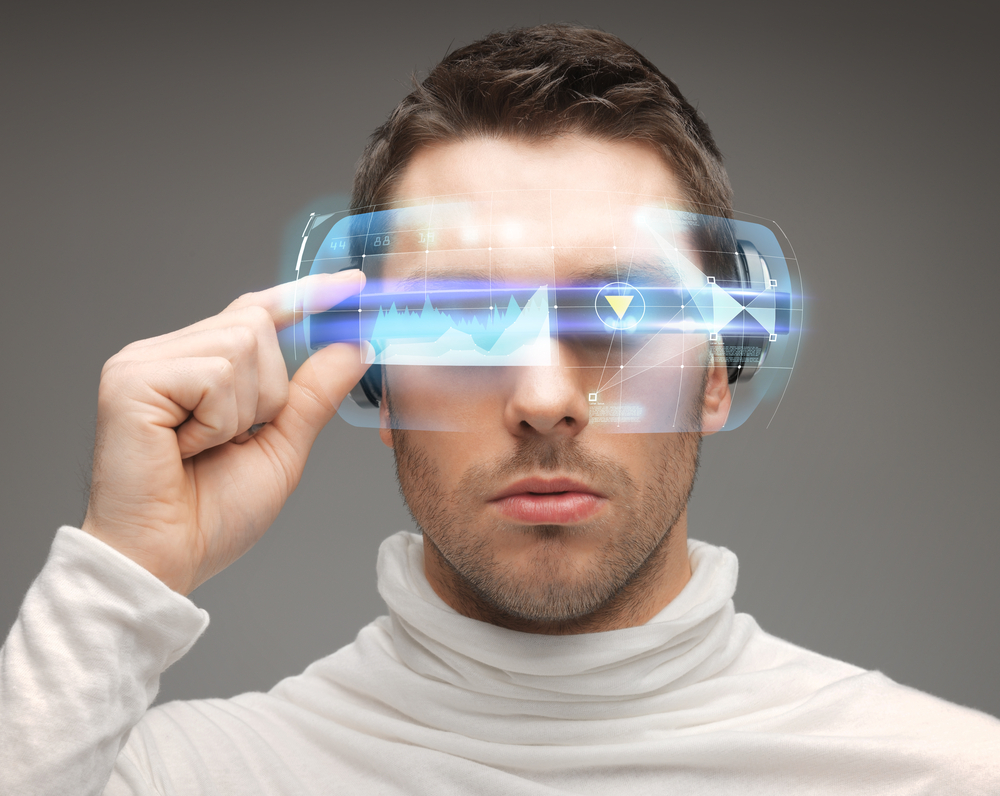Over the last decade the consumerisation of IT has resulted in a democratisation of technology, with consumers increasingly using their own devices within the workplace. Gartner has predicted that 1 in 2 companies will stop providing technology to their employees by 2017 and elsewhere it is well documented that BYOD has been able to improve staff satisfaction. However, this is only the start.
New advances in technology, such as natural language processing (NLP) and increasingly streamlined interfaces, are making it easier than ever for employees to quickly interact with their machines in new and exciting ways. Facebook recently built a system that can read a summary of The Lord of The Rings and answer verbal questions on it, and Baidu’s chief scientist predicts that voice and images will overtake text queries in the next five years.
As machines become more intuitive, employees will be able to work on tasks that were previously reserved for specialists and take greater charge of their own technology. As humans and machines find new ways to collaborate, IT departments will need to change drastically in order to remain relevant.
From operation to innovation
As IT progresses, the day to day ‘bread and butter’ work for IT support professionals will become less important as sophisticated self-service portals and automated diagnostic tools will allow problems to be solved by the individual user. Rather than looking for external help, employees will be increasingly equipped to solve ever more complex IT issues and queries by themselves. Once machines are equipped to respond to verbal requests, there will be little reason for human labour to be involved.
As a result, businesses that shift their focus from operational maintenance to working relationships between human and machine will be at a distinct advantage. Therefore, it is likely that we will see businesses invest heavily in connected devices and robotics to gather information and automate industrial processes. As a recent report from Accenture has shown, one in three businesses are already considering introducing robotics technology into their organisations.
In light of this, IT teams that are adept at collecting and analysing vast sums of data will be essential. This means data architects, with the ability to create the infrastructure to support data collection and analysis, along with integration engineers that can enable disparate sources of data to be combined and compared, will be essential to support the future world of work. In addition, due to much of the data from these sources being unstructured, the ability to work with non-relational databases will also be essential.
However, more importantly, IT teams will need to evolve their skills to look at data from a technical perspective. Although machines are effective in spotting trends in data, it is essential that humans are involved to contextualise this data and link it back to business benefits.
Machines have long surpassed humans at crunching large volumes of information into metrics; however there will always be the need for professionals to interpret this creatively and fuel innovation within the organisation. To facilitate this, IT leaders that have the skills to oversee this process will be in high demand.
Work…but not as we know it
Even now, we are already seeing huge shifts in the concept of the traditional office space, with millennials expecting to have the freedom to work wherever and on whatever device they choose. Although laptops and PCs are likely to remain the primary devices for work activities, the near future will require a seamless transition between these and complementary devices such as mobiles and tablets, which are much more suited to working on the move.
Rather than a desk and monitor alone, the future workspace will constantly shift depending on the context of the user. With the workspace becoming so intangible, it is likely that traditional on-site support will become obsolete.
In light of this, IT departments of the future must create a blended workspace strategy, enabling seamless access to the tools and resources appropriate to the end user’s job. By using a secure cloud-based delivery of virtual desktops, images, application and storage, IT departments should act as a basis for smooth sharing and synchronisation of data across devices and throughout the organisation. In this respect on-site IT must transform itself to one with its heart in the cloud.
> See also: The devil wears hi-tech: wearable computing in the workplace
Further down the line, the introduction of wearable technology is set to completely disrupt the concept of the traditional workspace as IT becomes progressively more ubiquitous.
For example, fire fighters are already being deployed with sensors that transmit heat and health data to monitor safety, and in the healthcare sector, surgeons will soon be able to view patients’ vital signs without having to look away from the operating table. As a result, IT teams will be required to cater for a workspace that is completely unrecognisable.
It’s never too late to learn
Of course, in order to facilitate this massive shift in skills and the fast pace of change, IT professionals must adapt and have the tools and flexibility to keep up with new innovations. Thankfully, online courses which enable large numbers to study high quality IT skills, give IT professionals the ability learn quickly as they go. In addition, employers are increasingly likely to offer education as an incentive to join or remain at their company
For IT teams, the next decade will be an exceptionally exciting time for the sector as organisations race to stay ahead of the curve and transform themselves through the use of technology. By laying the foundations now, IT teams can build upon their current structure to meet future needs of the business.
Sourced from Tim Patrick Smith, CIO, Getronics










